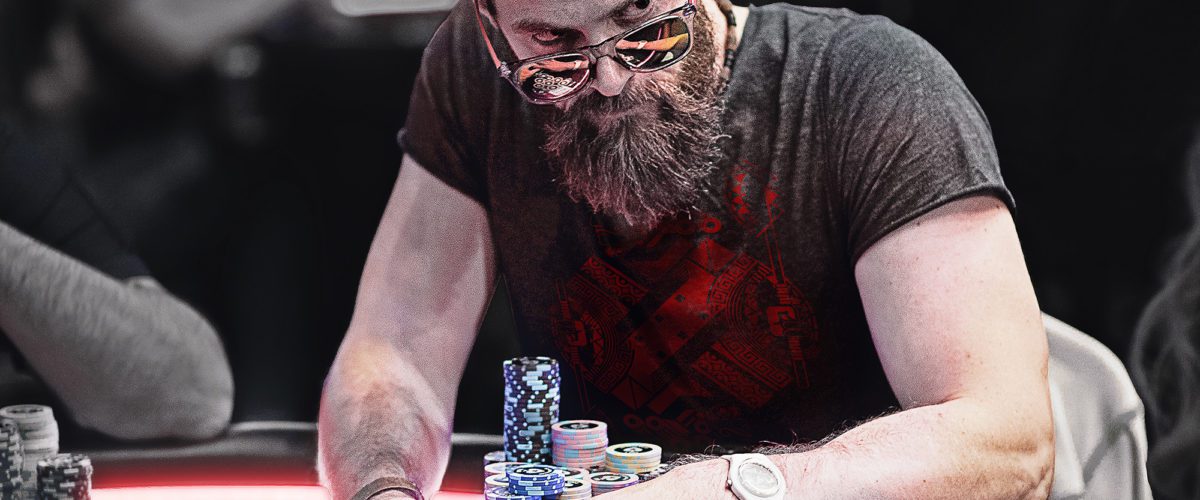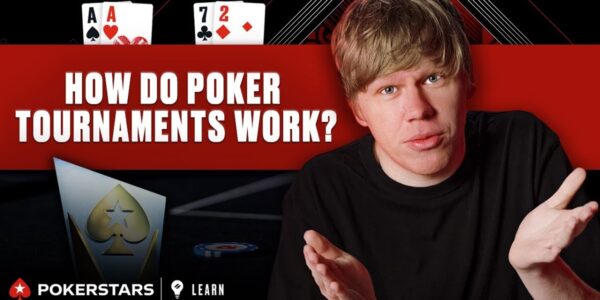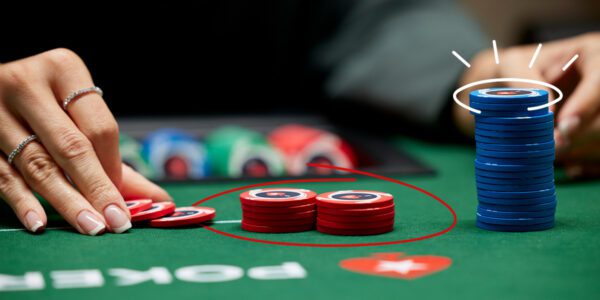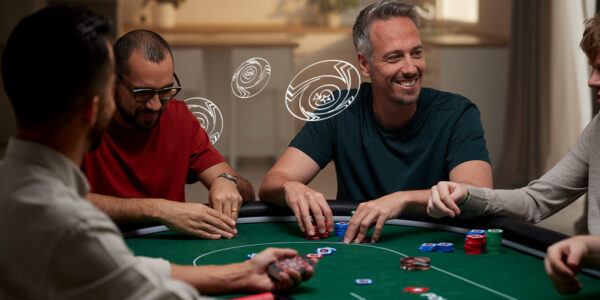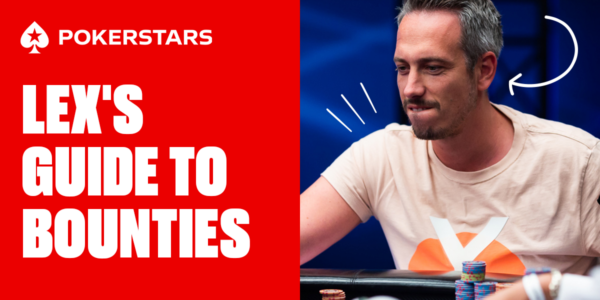Pulling the Trigger on Big Bluffs
I wish I could tell you that I was always proud of my play and that I could leave the majority of sessions with no regrets. Sadly that is not the case. It never has been and never will be. My tournament play is less than sharp these days since it’s pretty rare that I find the time outside of coaching, writing, recording videos, streaming etc. to play tournaments. As an avid fan of Grand Tour and progressive knockout formats however, I felt I simply had to get involved in the Bounty Builder Series. I hopped into the $109 the day after the main event of the series and got off to a nice start.
Into the Money
Having been dealt AA at two very opportune moments I managed to come back from the dead and was sitting at just under the average stack at the second payout level. 110 Players remained and here is the hand that could have changed the story of my tournament, regrettably, much for the better.
A9s – The Bottom of my Opening Range
With the blinds at 4,000/8,000 I covered a few players behind me so decided I could get away with a min-open UTG to 16,000 with the A♣ 9♣ . covering people is always nice in a progressive knockout as winning bounties adds extra EV to the opens that might otherwise be neutral. It’s a real action generating format. It folded round to a healthy stack in the big blind who covered me easily. He made the call.


Onto the Flop
The flop came KhJc5s my opponent checked. This is your classic UTG raiser’s board. If you play 6-max cash then you will be used to this flop being good for an UTG player but in an 8-max tourney, my range’s equity on this flop is just enormous. This is because Villain is forced to defend incredibly wide to a min-raise in a tournament format especially when he covers my stack. There is no need to check any hand at all in these situations. My opponent’s lowly range does not deserve any free realisation of equity.
When you have a big range advantage, you want the pot to be bigger and you want to deny equity to your opponent.
Your opponent, by contrast, craves a smaller pot and free cards to improve his hand.
The pot on the flop was 44,000 and I bet 13,600. Villain called quite quickly. His most likely holdings at this point are Kx, Jx, 5x, gutshots, open-enders, and a few backdoor floaty hands like A♠ 4♠ .
The Turn
The Q♦ turn is going to improve both ranges significantly. I will have a vast array of immensely strong hands now and so I need a high bluffing frequency with holdings like JTs, TT, and certainly my actual hand in this case. I bet 30,400 into 71,200 setting up a river shove which I fully intended to make at the time I made this bet. One of the rules I drum into students is that when there are a lot of pair plus draw hands calling on the turn, that you can bluff the river quite successfully on a blank. My all-in on a banana river is likely to be quite effective when I have blockers to both T9 and AT, but unblockers to T9 JT QT KT TT etc. The turn bet will also succeed in folding out hands like J6s and the like immediately. Remember that my opponent has a lot of these hands when he calls pre-flop and again on the flop. Unfortunately, the river was anything but blank after Villain called my turn bet.
The River
The river brought the K♦ and I had 120,000 remaining into a pot of 132,000. It was do or die time. At the time of the hand I was finding it hard to shake off the images of Villain’s two pair that had just become a boat and was picturing getting snapped by a king since my bounty is also up for grabs and Villain would have had ample chips to spare if he lost. When I think about this rationally with more than just 8 seconds in my time bank, (these turbos are tough on the rusty tourney brain), this seems like necessary bluff shove. I block everything nutted and some K9, which is one of the more likely off-suit kings in Villain’s range. Again, I also unblock all of the middle pair plus ten hands. Thirdly, there is a very real chance that Villain finds a laydown with a weak king from time to time. My range is supremely powerful here and if I’m not bluffing this combo what exactly am I bluffing?
Unfortunately, panic got the better of me and I was unable to dispel my disgust at the king river in time to find the jam. I checked back with 2 seconds left on the clock and lost to J♣ 10♣ . This resulted in me ending the hand with 120,000 instead of 252,000 and while this is a results-oriented way of looking at the hand, I still missed a clear river bluff for more objective reasons. I busted shortly after for a very meagre cash. Ohh, what could have been.
The Moral of the Story
You will probably never become immune to experiencing fear, anxiety, a rush of blood to the head, or a cloudier mind than normal when under extreme pressure; but what is possible is honing the ability to not act on these emotions, dispelling them in time to access your best logical thought process before the clock runs down. This is something I will be working hard on before my next big tournament session, whenever life allows that to be!
Shortly after this hand I felt disgust. I berated myself, but this is unfair. I see exactly why this error occurred and I know how to correct it. It might sound like a cliché but try not to dwell on mistakes. Instead use them as the motivation you need to effect positive change.


